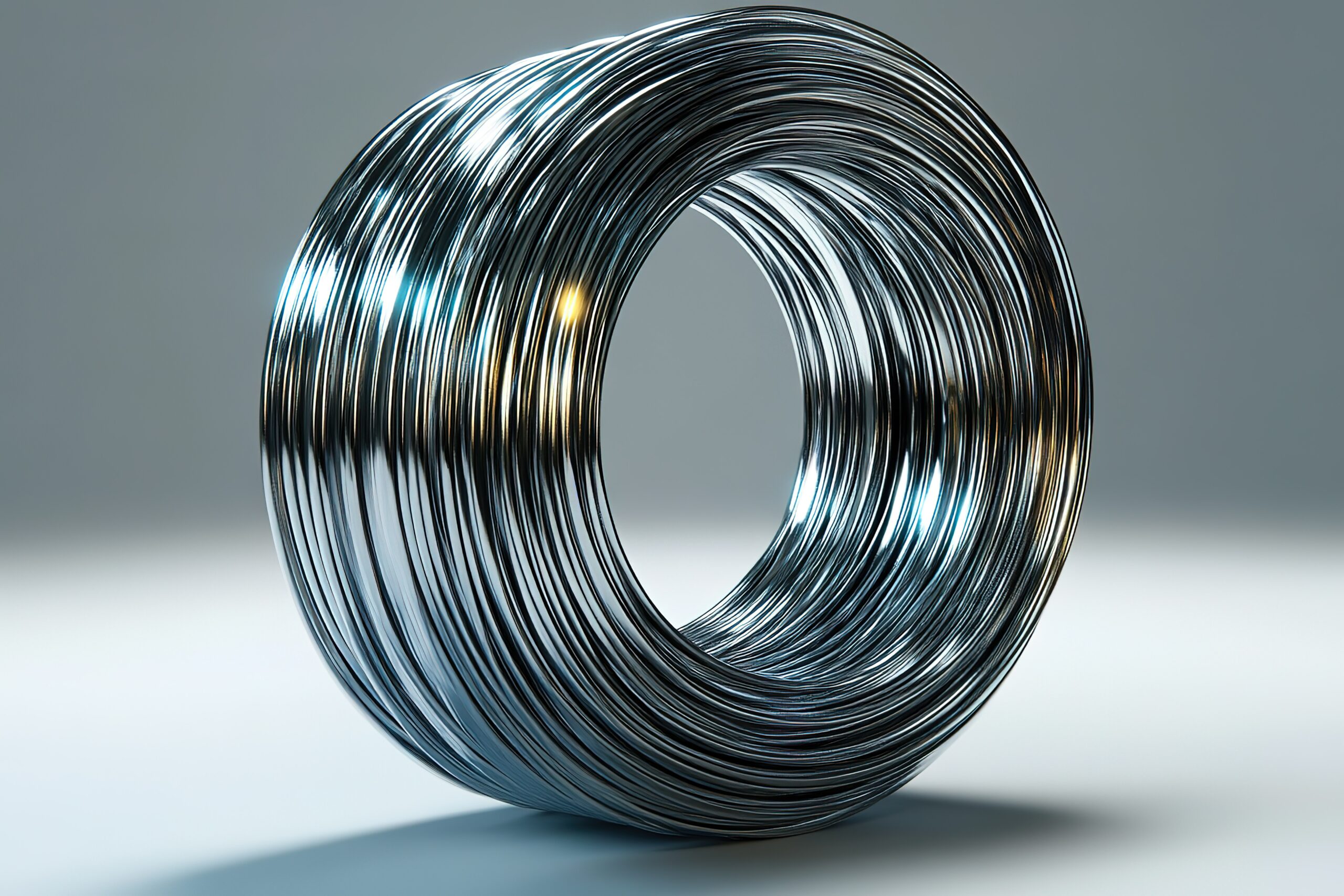An Interview with Kevin Copleston, one of the founders of Sensor Solutions Ltd
Sensor Solutions: ‘So what’s the difference between cryogenic and very high temperature work?’
At high temperatures everything becomes like chewing gum.
Above about 460 degrees C, all organic materials start to outgas, they start to break down. Backing materials start to breakup, become soft, things creep, and solders melt.
So you have to use high temperature solders, and use Karma alloy foil which is a problem to solder to. Instead leads are spot welded on, which makes them difficult to handle. The gauges tend to use a glass filled epoxy phenolic backings which are very brittle, so you can chip ‘em soon as pick ‘em up with a pair of tweezers, so there’s lots of problems.
At the extremes of temperature you have handling issues as well as thermal issues.
So yes there’s lots of things associated with those which are higher end so you require a lot of skill.
When going above about 400 degrees C the technology used is flame spray ceramic free filament gauges.
I’ll just quickly explain that. You fire a high powered flame and then you put a ceramic rod in it, melt it and spray it. It’s oxy-acetylene temperature, 1000’s of degrees.
There’s a machine called a Rock-eye machine which flame sprays ceramic, so you’d go to a gas turbine blade for instance, and you’d spray an area to act as an insulator.
There’s a special strain gauge that’s made like a wire, and it has strips across it to support it.
And then it has, you know when you put a sticker down, a printer put it on a film, and strips of the backing layer which takes of all the surrounding bits round the lettering and it leaves a sticky layer of lettering left, with just Ducati and the paper, well that’s what this is like.
So you have a gauge with a sticky backing with these bars which are built in, and you’ve got the ceramic layer underneath. You then push this thing down. You then peel the away the outer area off the top and it leaves these cut areas within. When peeled back these cut areas stay behind. Now you’ve got this free filament wire held in place by these several bars which are stuck to the surface holding it down.
You then flame spray some more ceramic, over the top, over the grids, to holding it all down.
Then you peel these up, and you spray some more so you end up with a free filament wire with its geometry carefully defined held within an insulating ceramic layer which will not degrade with temperature.
It’s very expensive to put these down, so when you’re working at very high temperature the cost just ramps up, as it does working at very low temperature.
If you can model something rather than use a comprehensive practical test a lot of costs can be saved.
Say you’re trying to validate a theoretical model, for instance a customer we work with makes aircraft gimballed ducting systems.These go into jet engines and rockets.
You have a pipe, and then a little gimbal where it’s got to rotate, it’s got a bellows in there, and they want to understand what happens within this. The gimbal is supported on a structure, and the joint is a UJ so it’s very strong, as it’s taking huge loads.
When they do their fluid analysis they model those loads and they model them with internal pressures, and with external loads in many directions.
They then model it over a thermal range with effects like changing modulus and thermal pressures and so forth.
They do their theoretical analysis on everything, they then isolate out mechanical components such as different temperatures.
They will then make a model and strain gauge it at ambient to make sure the model’s correct.
They would validate their theoretical model at ambient with all these structural loads and knowing the models correct then they apply those additional thermal calculations to it, so they won’t have to take measurements at very high or very low temperature.






